Beauty and the beasts
A wildlife management area in Creston helps visitors appreciate the wetlands—and the creatures who make the area their home
As residents of the Kootenays, it might be easy to forget about the incredibly diverse ecology that exists in our own backyard. When we merely drive to work and back, the mountain scenery tends to become just a part of the backdrop. Still, people visit from around the world and marvel at the area we’re lucky enough to call home.
The Creston Valley Wildlife Management Area (CVWMA), a wetland of international significance, has been educating and conserving some of these natural surroundings since 1968. Trails and an interpretive centre make a portion of wetlands accessible to anyone who wants to enjoy the picturesque area. The CVWMA actually stretches for 17,000 acres, from Duck Lake down to the American border.
Working in the wetlands
Andrea Chapman is the acting director of communications and education for the CVWMA. She originally came to the wildlife area for a summer naturalist position in 2005 and 2006 and said she’s happy to be back working for an area she is clearly passionate about.
“There are so many reasons (that wetlands are important ecological systems),” she said. “They act as a home for so many species of wildlife. They act as a filter for pollutants. They can hold water, so they reduce the amount of flooding that’s going to get in certain areas. They also provide great recreation and learning opportunity. This is just such an incredible place.”
The CVWMA does offer a remarkable educational opportunity for those who visit. The trail network and bird towers are always open throughout the year for people to explore at their leisure. From May through September the interpretive centre is open, and canoe or walking tours with one of the naturalists are available throughout the day. Special events are also planned throughout the season including sunrise paddles and junior naturist programs; 2013 saw a very successful first annual bird festival and the Blue Heron Run is a popular half-marathon and 10K held in September.
Regardless of why visitors choose to visit the CVWMA, the experience is sure to be one that won’t be quickly forgotten.
“I think how hands-on (the wetlands are) is one of the biggest things that make this such a great place to explore nature,” said Chapman. “It’s not like it’s behind a closed fence. We can go dip-netting with the kids. We let them actually touch it and experience it that way. People don’t get out into a wetland very often, right out on the water. Usually you’re looking at it from afar.”
Learning about diversity
The Creston Valley wetlands really are a testament to the importance and beauty of Kootenay ecology. The wetlands host 400 different species, including some that are threatened. Doubtless, those 17,000 acres play an important role, both in conservation and teaching.
“I feel that education is really important, because if people don’t have that passion and love for something they’re not going to want to keep it,” said Chapman. “We have to start with the education to start people loving this place—loving wetlands—enough to keep them as they are. The only reason this place is here is because people love it."

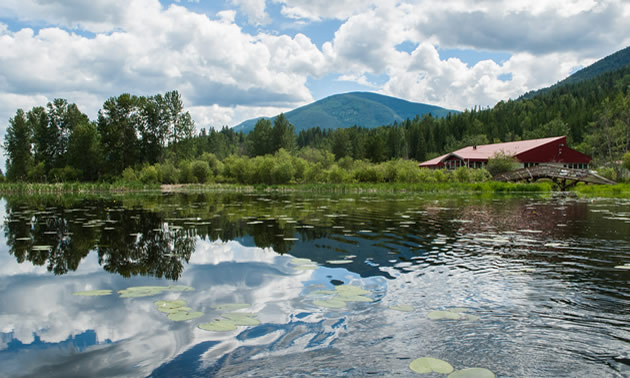
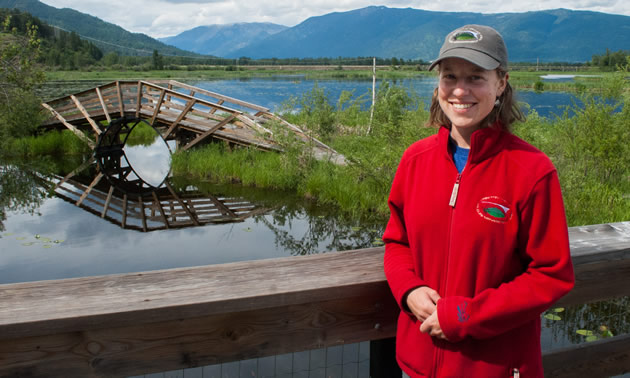
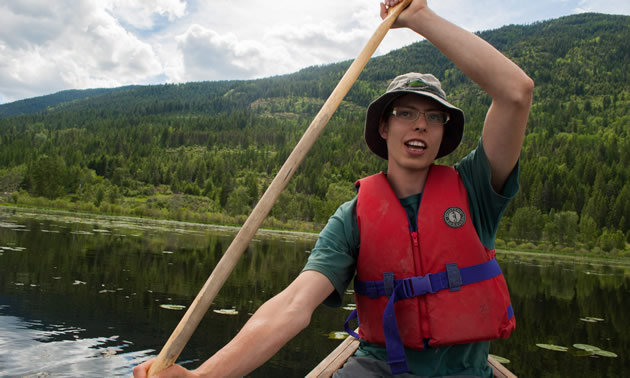
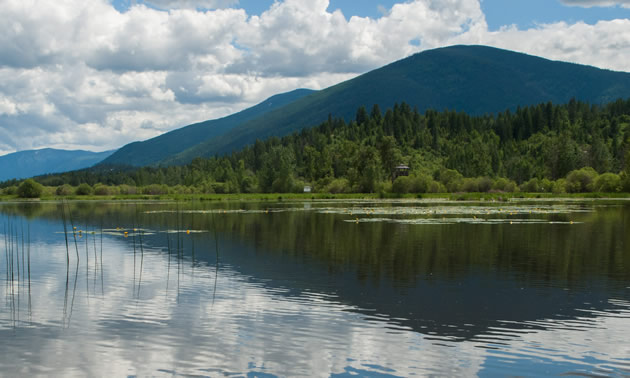



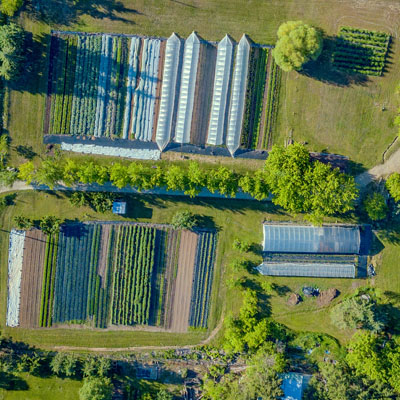

Comments